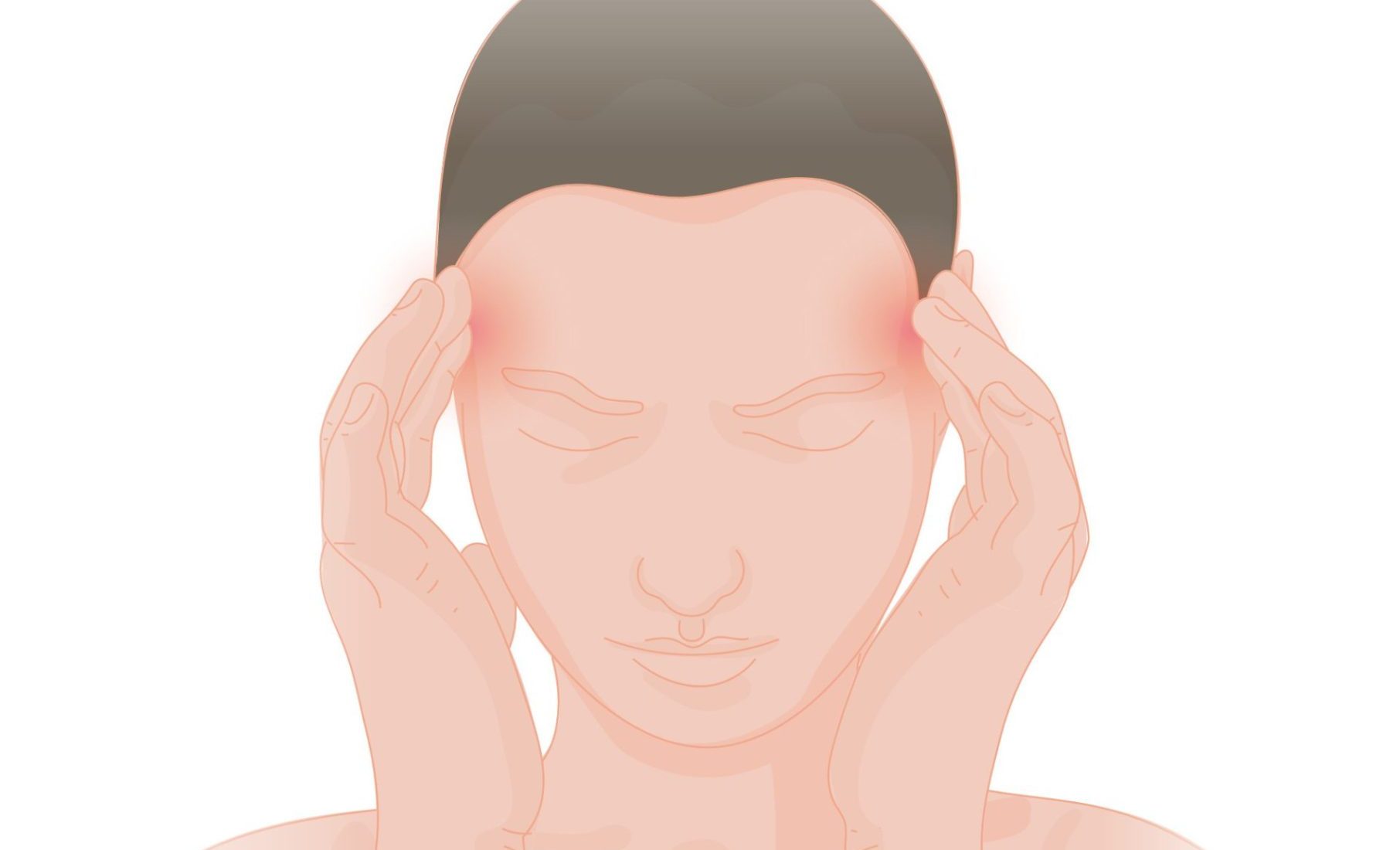Cervicogenic headache refers to a type of headache that originates from the cervical spine or neck region. It is caused by underlying issues in the structures of the neck, such as joints, muscles, or nerves. The pain is typically felt on one side of the head and may be accompanied by neck pain and stiffness.
Managing cervicogenic headaches requires a comprehensive approach to alleviate pain, improve neck function, and prevent future episodes. Physiotherapy plays a crucial role in the treatment process, helping individuals reduce pain, restore neck mobility, improve posture, and strengthen the neck muscles.
The treatment of cervicogenic headache typically involves following the 5 stages of rehab:
- Pain management: The initial focus is on reducing pain and inflammation in the cervical spine and surrounding structures. Physiotherapists may employ various techniques such as manual therapy, soft tissue mobilization, and modalities like heat therapy or ultrasound to alleviate pain. They may also recommend postural adjustments and ergonomic modifications to reduce strain on the neck.
- Range of motion: Once pain is under control, the emphasis shifts to restoring normal range of motion in the neck. Physiotherapists prescribe gentle stretching and range of motion exercises to improve flexibility and alleviate stiffness. These exercises aim to gradually increase the mobility of the neck and reduce the tension in the surrounding muscles.
- Motor control: This stage focuses on improving motor control and coordination of the neck muscles. Physiotherapists prescribe specific exercises to enhance muscle activation and improve posture. These exercises may include neck retraction, chin tucks, and scapular stabilization exercises. The goal is to improve the individual’s ability to control and stabilize the neck during functional activities.
- Strengthening: Strengthening the neck muscles is crucial for improving neck stability and reducing the risk of future episodes. Range Physiotherapists will design a personalized exercise program that targets the deep neck flexors, cervical extensors, and shoulder girdle muscles. These exercises may include isometric exercises, resistance training, or dynamic strengthening exercises.
- Maintenance and prevention: The final stage focuses on maintaining the gains achieved through rehabilitation and preventing future episodes of cervicogenic headaches. Range Physiotherapists will provide guidance on maintaining good posture, proper ergonomics, and strategies to minimize neck strain during daily activities. They may also advise individuals on exercises and self-management techniques to continue managing their symptoms in the long term.
In addition to physiotherapy, other treatment options for cervicogenic headache may include medication to manage pain and inflammation, nerve blocks, or in some cases, surgical interventions to address specific underlying issues.
Range Physio practices have physiotherapists who specialize in treating cervicogenic headache. They will assess the individual’s condition, develop a tailored treatment plan based on the stages of rehab, and monitor progress throughout the rehabilitation process. With proper treatment, exercises, and modifications to activities, individuals with cervicogenic headache can experience reduced pain, improved neck function, and a better quality of life.
For more information regarding cervicogenic headache please see: https://www.ncbi.nlm.nih.gov/pmc/articles/PMC3201065/


